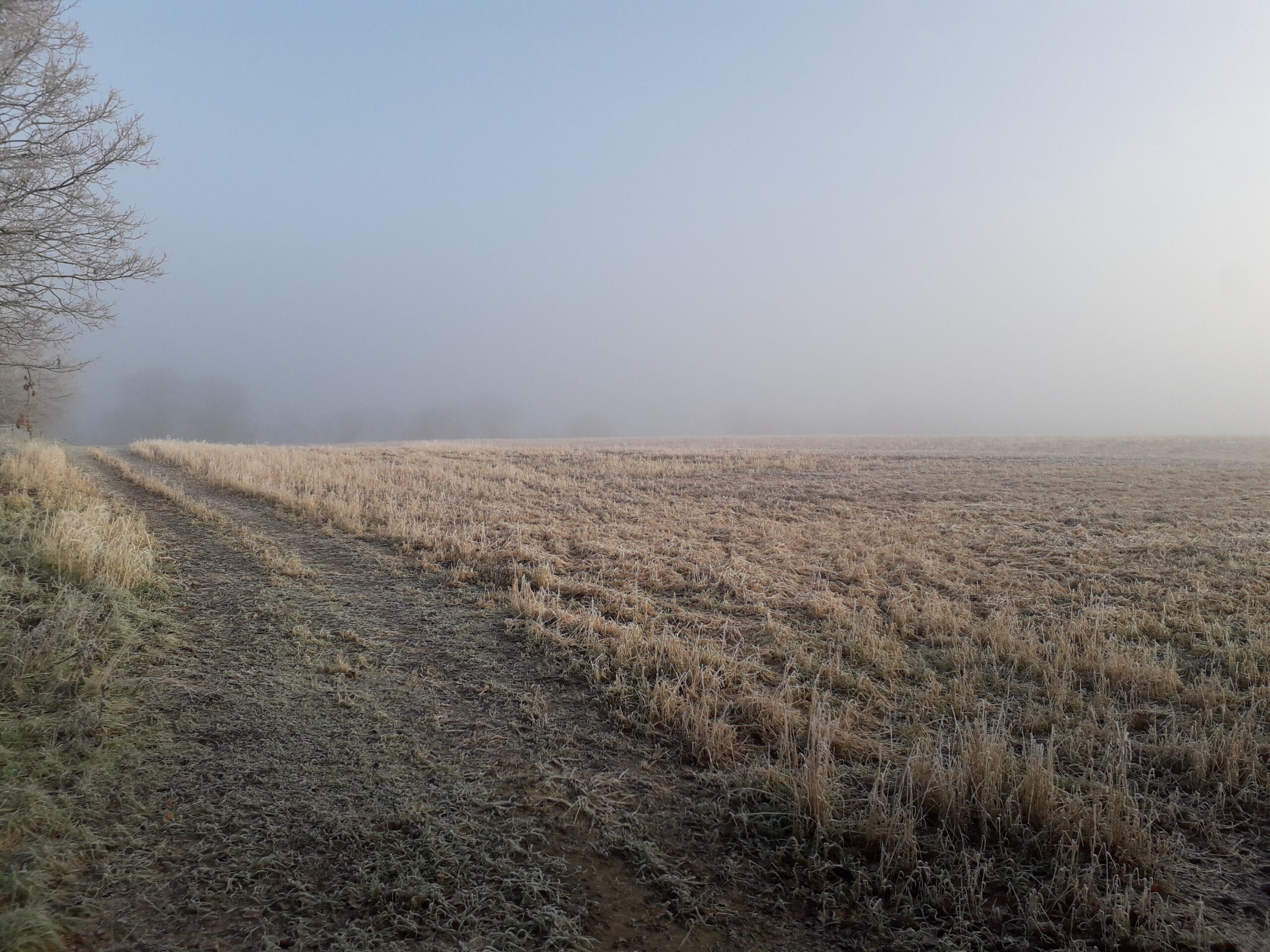June 2014
Hi Claxtonians, Nellie is back having taken a sabbatical for the last few months but I have returned to the computer and checking my notes arising from observations whilst walking the footpaths around Claxton. I thought I would remind you of the some of the fabulous insects that were present in Claxton on those warm days in 2013. The brimstones emerge in the spring and were present in gardens this year. The humming bird hawkmoth is a migratory insect that arrives from the continent in July and August. It zips around the garden feeding on the nectar rich plants. It is a stunning insect that never fails to attract interest.
This spring 2014 we have missed our Claxton cuckoo which usually calls from trees and hedgerows between Ducans and Church Marshes. Whilst there have been calling cuckoos on the Yare Marshes and Low Common, this is the first year that we can remember where there has been no local Claxton cuckoo.
In August 2013 we were lucky to see a young cuckoo in the garden of the Folly sitting high in the tree tops. These birds resemble a bird of prey with a striped chest and falcon shaped wings. However, we know that numbers of cuckoos and other migratory birds are declining. To date we have seen no turtle doves in Claxton – a regular visitor to our garden in previous years. These are splendid birds of summer with a soft purring call that drifts across the still air on a warm summer’s evening. Similarly, the spotted flycatcher that used to be seen catching insects from the hedgerows in Folly Lane and occasionally nest in redundant house martin’s nests has been absent for several years.
On the positive side there are more whitethroats and black cap present in the hedges and field margins around the village. The whitethroats can be seen chasing insects from the cow parsley and rising into the air with an explosive burst of bird song. Buzzards are frequently seen soaring over Claxton with the occasional red kite and hobby hawking for insects and martins. The elegant little egret is a frequent visitor to the village marshes and skies having spread from Brittany in the 1980s and now spread rapidly across England and Wales. The question is what other birds can we expect to arrive in Claxton from the continent and become residents? Cattle egrets, black kite, bee eaters are all possibilities – time will tell.
We still have a good population of swifts, house martins and swallows who nest and hawk insects around Claxton. Nellie and friends recommend that you find the time to stop and watch the local swifts as they glide, bank and accelerate around the skies hunting insects over the Church Marsh. They seem to follow a regular pattern of circuits using the air movements to their aeronautical advantage to find and feed on the insect blooms.
For those dogs and walkers who like an early start (there a few of us in Claxton) we have been entertained by the healthy population of brown hares in the village. In March 2014 there were as many as nine hares present in the fields adjacent to Folly Lane and Peasecod Loke. Although they are primarily nocturnal mammals, hiding up during the day in their forms, they are impressive mammals capable of running at ~ 40mph. For those who have seen them moving across the fields, they have the ability to run and to accelerate at speed in a smooth and easy manner.
Their activities have resulted in leverets which can be seen most mornings patrolling the lanes and ‘train tracks’ of the arable fields. They are fabulous mammals which are relatively easy to see and enjoy here in Claxton. To confirm this point, I have just seen one in Folly Lane at 6.40 on Monday 16th June 2014.
Good walking Claxtonians.
